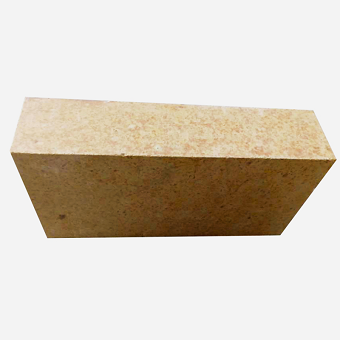Classification, preparation and properties of sintered zirconium bricks for glass furnaces
The raw materials used in sintered zirconium bricks (hereinafter referred to as AZS bricks) are alumina and zircon. Generally, the ZrO2 content is controlled at 15% to 30%, and the main crystal phase components are mullite, corundum and baddeleyite. Under very pure conditions, the glass phase content can be less than 5%, so the physical-chemical basis for the production of such products is mainly the solid-phase reaction between Al 2O3 and ZrSiO4.
There are three main products in this series
①Reaction sintered AZS products are two-phase uniformly distributed microstructures composed of mullite and baddeleyite zircon (including part of t-Zr02). This irreversible reaction is also called an in situ reaction. The reaction start temperature range is 1370~1420℃
②The recombined AZS product is made of fused AZS as raw material after crushing, forming and sintering.
③Contain zircon series products. Zircon is sintered at 1650℃ without any decomposition, but the surface in contact with Al2O3 will decompose when it is less than 1500℃.

Al2O3-ZrSiO4 solid state reaction
The reaction sintered zirconium corundum bricks are tetragonal ZrO2 and amorphous mullite, the latter is an important transition phase tending to equilibrium at sub-solid temperature, and the products obtained by thermal insulation manufacturers above 1450 °C are baddeleyite and mullite.
Preparation of Sintered Zirconium Corundum Bricks
The key issues in the preparation process of sintered AZS products are:
①Ensure that ZrSiO4 reacts with Al2O3 completely, sintering is dense, and a uniform mullite-(corundum)-deleyite clinker is formed, and the glass phase content does not exceed 5%.
②The alumina + kaolin clay blended should conform to the composition of mullite.
③ The particle size distribution of the product is reasonable to ensure the bulk density.
④The product is fully fired to obtain the ideal microstructure


 Wechat Us
Wechat Us